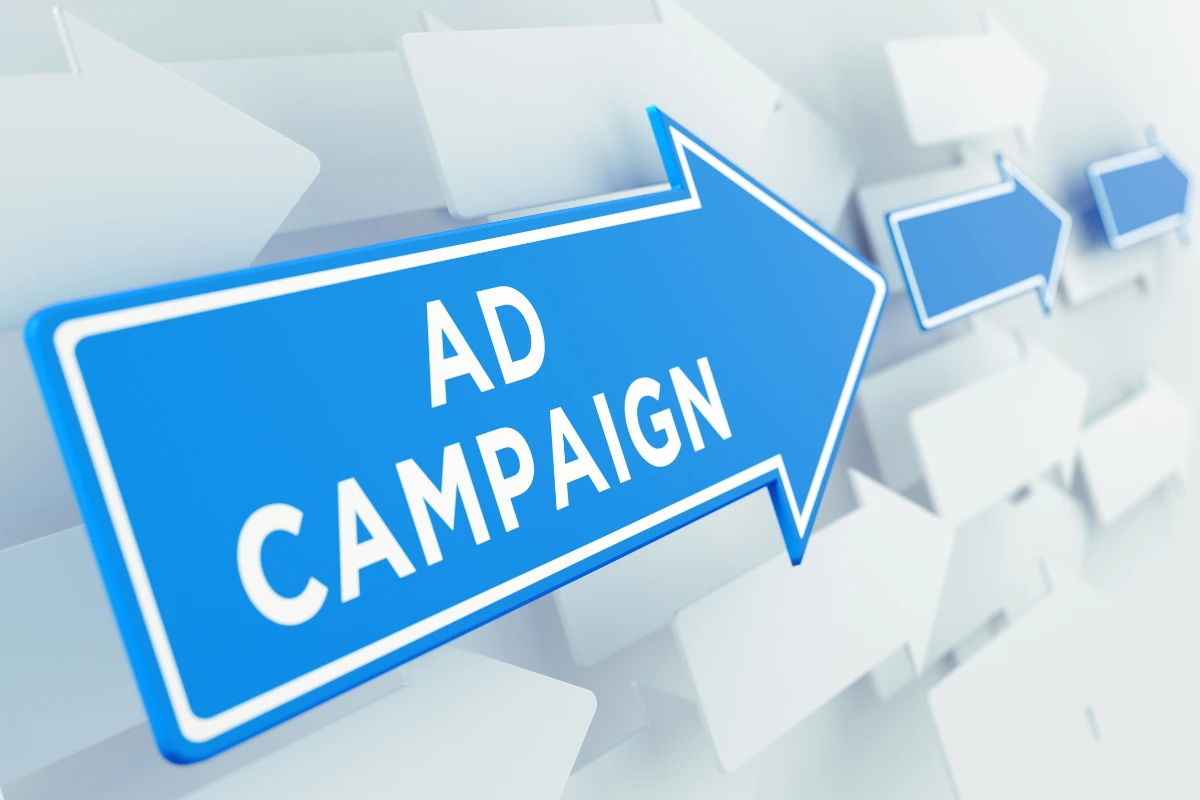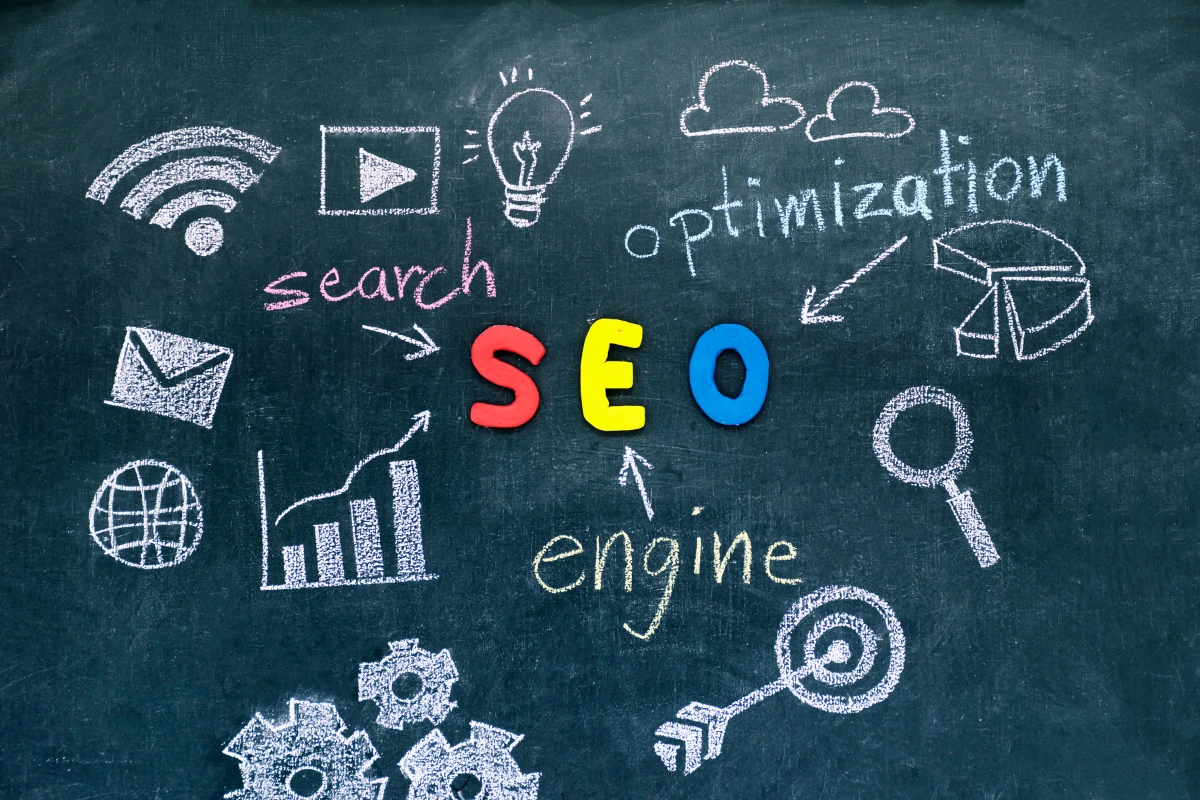How to Measure PPC Performance in the Luxury Fashion Space

Pay-per-click (PPC) advertising has become a critical tool for businesses looking to increase visibility and drive sales. While most industries apply standard PPC strategies, the luxury fashion sector demands a more refined, strategic approach.
Luxury brands like Louis Vuitton, Chanel, and Gucci represent a market worth billions, but their PPC performance measurement strategies differ significantly from those of everyday retailers. For luxury fashion brands, PPC isn’t just about higher price points. It’s about understanding unique audiences, longer purchase paths, and leveraging smart data to refine strategies for optimal growth.
In this article, we’ll explore how to measure PPC performance in the luxury fashion space, considering the specific nuances of this market and offering tips on how brands can refine their PPC strategies.
Understanding the Luxury Fashion Consumer
Before diving into PPC strategies, it’s crucial to understand the luxury fashion consumer. Unlike regular e-commerce buyers, luxury fashion customers exhibit distinct characteristics and behaviours that affect their purchasing decisions. These consumers can be broadly classified into three key segments:
- Ultra-High-Net-Worth Individuals (UHNWI): This group consists of affluent buyers who have significant disposable income. UHNWI customers typically purchase luxury goods frequently without considering the price. For them, brand prestige, exclusivity, and quality take precedence over price.
- Aspirational Consumers: These are middle- to high-income individuals who may not be able to buy luxury products as frequently as UHNWI, but they aim to match their lifestyle with such purchases when possible. They tend to be more price-sensitive and will often purchase luxury products during sales or promotions.
- New Luxury Shoppers: Millennials and Gen Z are a growing force in the luxury fashion market. These younger buyers are typically more digitally savvy, often purchasing pre-owned or vintage luxury items. They engage with brands online, with the decision to buy often influenced by social media trends, influencer marketing, or brand storytelling.
Each of these segments has unique motivations and shopping habits. For PPC campaigns, understanding these different buyer groups helps create targeted strategies that drive better results. Additionally, factors like social standing, heritage, storytelling, and brand messaging resonate strongly with these consumers and should be reflected in your PPC ad copy and landing pages.
The Importance of Segmentation
Segmentation is one of the most critical elements when it comes to PPC performance in luxury fashion. Many brands, particularly those that focus on high-end products, bid on both branded and generic keywords.
For example, they might bid on brand-specific keywords like “Louis Vuitton” as well as more general keywords like “luxury handbags.” However, the three consumer groups mentioned above will all search using the same terms, despite having vastly different purchasing behaviors.
Understanding how each audience interacts with your PPC ads and website will give you deeper insights into their purchasing journey. For example, while UHNWI consumers may make quicker, less price-sensitive decisions, aspirational buyers may need more nurturing and incentive-based messaging. In contrast, new luxury shoppers may prefer to be engaged via social media content or influencer partnerships.
Brands should track metrics such as Customer Lifetime Value (CLV) and Return on Ad Spend (ROAS) for different segments to measure how much value each audience brings over time. Focusing on a broad spectrum of keywords and segmenting your performance data can help brands allocate media spend effectively and increase conversion rates.
The Complex Luxury Purchase Path
One of the significant differences between luxury fashion PPC campaigns and typical e-commerce PPC strategies is the complexity of the purchase path. Luxury purchases involve a lot of deliberation, research, and brand consideration. Unlike regular consumer goods, a luxury buyer’s decision is not made impulsively.
According to studies, two-thirds of luxury consumers conduct thorough product research before making a purchase. Additionally, over 40% compare prices, look at reviews, and explore photos of products before committing to buy.
With such a complex path to purchase, tracking PPC performance on a weekly basis based solely on ROAS (Return on Ad Spend) or CAC (Customer Acquisition Cost) may not provide a full picture of the customer journey. Luxury shoppers typically interact with multiple touchpoints before making a purchase decision. These touchpoints may include online ads, social media interactions, product reviews, and even in-store experiences.
To understand this journey, it’s essential to track long-term performance metrics. A short, week-to-week view of ROAS or CAC could be misleading because the actual purchase may occur several weeks after initial interest. Luxury consumers often require more touchpoints to finalise their decision, and if your PPC strategy doesn’t align with this extended journey, optimisations will fail to meet the true objectives.
The Impact of Trends and Tradition
In the luxury fashion space, consumer behaviour is influenced both by emerging trends and the long-standing traditions associated with established brands. A study found that 70% of luxury consumers are trend-focused, meaning they’re keen to keep up with the latest collections, collaborations, or new products. On the other hand, 77% of them still value tradition, prioritising craftsmanship, heritage, and legacy when making purchasing decisions.
Luxury brands must be agile in responding to trends while also staying grounded in their heritage. Trends in luxury fashion can emerge quickly, sometimes even overnight, due to media coverage, social media influencers, or celebrity endorsements. Understanding these shifts in consumer interest is essential for adjusting PPC strategies in real-time. PPC ad campaigns that focus on trending items or new product launches will need to be quick to react and refine targeting, bidding strategies, and ad copy accordingly.
One way to measure the impact of trends on PPC performance is by categorising search queries. For example, during a trend-driven spike, the volume of searches for “brand + product” or “luxury + specific style” may increase significantly.
Brands should track these changes and react by adjusting bids, targeting, and ad content. By creating a reporting system that tracks these fluctuations, luxury brands can optimise their PPC performance to stay ahead of consumer demand.
Holistic Performance Measurement
Measuring PPC performance for luxury fashion brands requires a holistic approach. In the past, marketers might have only looked at how much was spent on ads and the revenue generated from those ads. However, the intricacy of the luxury market means brands need to account for all channels influencing a customer’s buying decision. Today’s PPC strategies cannot be siloed from other marketing efforts. Integration between PPC, social media, content marketing, email campaigns, and even offline activities like store visits is essential for building a full picture of customer behaviour.
Brands that understand the interconnectedness of digital touchpoints across their customer journey will be able to make more informed decisions on their PPC strategy. This includes understanding how social media, PR, and influencer campaigns contribute to the success of paid ads. Therefore, tracking and reporting on all these elements together gives a much more comprehensive understanding of a campaign’s performance.
Unified Data Collection
Given the substantial investments luxury brands make in advertising—often millions of dollars annually—data collection must be thorough and unified. Luxury brands need to integrate online and offline data sources to capture all consumer touchpoints, whether it’s a website visit or an in-store interaction. If a customer sees a Facebook ad and later visits a boutique to purchase, both digital and offline data should be tracked together.
Unifying data across multiple touchpoints and channels is challenging but necessary for the long-term success of luxury PPC campaigns. The goal is to create a system that can capture interactions across all stages of the consumer journey and evaluate the contribution of PPC in the broader context of the entire marketing mix.
Attribution Models for Luxury Fashion
Attribution in luxury fashion PPC is more complicated than just using a “last-click” attribution model. This method assumes that the final touchpoint before a sale gets all the credit for the purchase, which is often not the case in luxury marketing. A luxury shopper’s path to purchase often involves multiple stages and interactions across various channels.
To get a more accurate view of how PPC campaigns are contributing to sales, brands are turning to multi-touch attribution (MTA). This model distributes credit across all the touchpoints a consumer interacts with before making a purchase. Advanced attribution models like Google’s Data-Driven Attribution (DDA) allow brands to analyse the full impact of each ad interaction.
Another powerful approach is Marketing Mix Modelling (MMM), which looks at the overall marketing ecosystem, including PPC, and measures its contribution to sales across all channels. This method helps to better understand the broader impact of PPC in the luxury fashion space.
Customer Lifetime Value (CLV)
CLV is another crucial metric for luxury fashion brands when evaluating PPC performance. In most cases, luxury fashion brands focus on acquiring new customers. However, measuring CLV allows brands to understand the long-term value a customer brings to the business. For example, a customer might only make one purchase in a year, but their total spend over a lifetime can be significant.
By factoring in CLV, luxury brands can adjust their PPC strategies to focus not just on acquiring new customers but on targeting those who will bring in the most revenue over time. For instance, if an audience segment has a higher CLV, it’s worthwhile to allocate more media spend to acquiring those customers.
Conclusion
Measuring PPC performance in the luxury fashion space requires a deep understanding of the unique consumer behaviours, the complexity of the purchase journey, and the interconnectedness of digital and offline touchpoints. Luxury brands must embrace advanced strategies like segmentation, data unification, and multi-touch attribution to ensure that their PPC efforts are effective and efficient.
By taking a holistic approach to measuring PPC, luxury fashion brands can optimise their spending, improve customer acquisition strategies, and drive long-term growth. In an industry that thrives on exclusivity, heritage, and tradition, leveraging the right data will help brands stay ahead in a rapidly evolving marketplace.
Calling all Marketers!
🔴 Are you tired of searching for the perfect job?
Whether you're into content writing, SEO, social media, graphic design, or video editing—full-time, freelance, remote, or onsite—we've got your back!
👉 We post over 30 job opportunities every single day. Yes, every day (all verified).
Join the most reliable and fastest-growing community out there! ❤️
And guess what? It’s FREE 🤑
✅ Join our WhatsApp Group (Click Here) and Telegram Channel (Click Here) today for instant updates.






